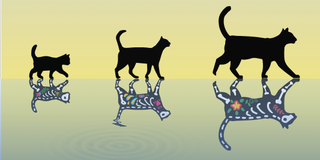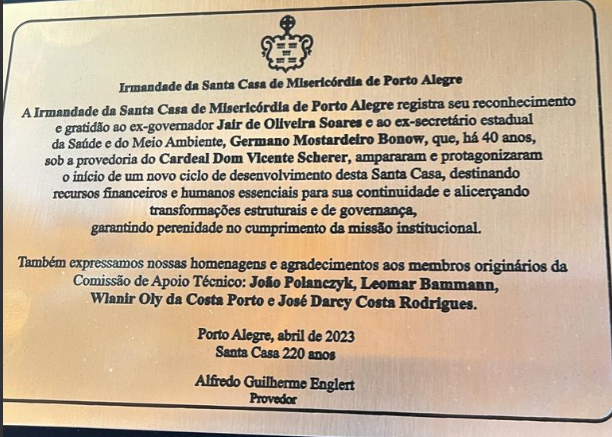3.134 - AMICOR (25)
#Dra. Valderês Antonietta Robinson Achutti (*13/06/1931+15/06/2021)
1 in 6 people globally affected by infertility: WHO
Large numbers of people are affected by infertility in their lifetime, according to a new report published today by WHO. Around 17.5% of the adult population – roughly 1 in 6 worldwide – experience infertility, showing the urgent need to increase access to affordable, high-quality fertility care for those in need.
The new estimates show limited variation in the prevalence of infertility between regions. The rates are comparable for high-, middle- and low-income countries, indicating that this is a major health challenge globally. Lifetime prevalence was 17.8% in high-income countries and 16.5% in low- and middle-income countries.
“The report reveals an important truth: infertility does not discriminate,” said Dr Tedros Adhanom Ghebreyesus, Director-General at WHO. “The sheer proportion of people affected show the need to widen access to fertility care and ensure this issue is no longer sidelined in health research and policy, so that safe, effective, and affordable ways to attain parenthood are available for those who seek it.”
Infertility is a disease of the male or female reproductive system, defined by the failure to achieve a pregnancy after 12 months or more of regular unprotected sexual intercourse. It can cause significant distress, stigma, and financial hardship, affecting people’s mental and psychosocial well-being./.../
|
HISTORY Who Invented the Measurement of Time? The first timekeeping devices were probably natural materials lost to the ages, but the ancient Egyptians were the first to leave records of their timekeeping methods | |
|
























No comments:
Post a Comment